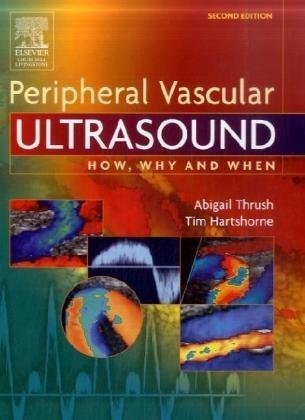- 2 402 202 книги
- Поиск
libcats.org








Nuclear Spin Relaxation in Liquids: Theory, Experiments, and Applications
Jozef Kowalewski, Lena MalerNuclear magnetic resonance (NMR) is widely used across many fields because of the rich data it produces, and some of the most valuable data come from the study of nuclear spin relaxation in solution. While described to varying degrees in all major NMR books, spin relaxation is often perceived as a difficult, if not obscure, topic, and an accessible, cohesive treatment has been nearly impossible to find. Collecting relaxation theory, experimental techniques, and illustrative applications into a single volume, this book clarifies the nature of the phenomenon, shows how to study it, and explains why such studies are worthwhile. Coverage ranges from basic to rigorous theory and from simple to sophisticated experimental methods, and the level of detail is somewhat greater than most other NMR texts. Topics include cross-relaxation, multispin phenomena, relaxation studies of molecular dynamics and structure, and special topics such as relaxation in systems with quadrupolar nuclei and paramagnetic systems. Avoiding overly demanding mathematics, the authors explain relaxation in a manner that anyone with a basic familiarity with NMR can follow, regardless of their specialty. The focus is on illustrating and explaining the physical nature of the phenomena, rather than the intricate details. Nuclear Spin Relaxation in Liquids: Theory, Experiments, and Applications forms useful supplementary reading for graduate students and a valuable desk reference for NMR spectroscopists, whether in chemistry, physics, chemical physics, or biochemistry.
Популярные книги за неделю:

Проектирование и строительство. Дом, квартира, сад
Автор: Петер Нойферт, Автор: Людвиг Нефф
Размер книги: 20.83 Mb

Система упражнений по развитию способностей человека (Практическое пособие)
Автор: Петров Аркадий НаумовичКатегория: Путь к себе
Размер книги: 818 Kb

Сотворение мира (3-х томник)
Автор: Петров Аркадий НаумовичКатегория: Путь к себе
Размер книги: 817 Kb

Радиолюбительские схемы на ИС типа 555
Автор: Трейстер Р.Категория: Электротехника и связь
Размер книги: 13.64 Mb
Только что пользователи скачали эти книги:

Peripheral Vascular Ultrasound
Автор: Abigail Thrush, Автор: Timothy Hartshorne, Автор: Abigail Thrush, Автор: Timothy Hartshorne
Размер книги: 9.63 Mb

Local and Analytic Cyclic Homology (EMS Tracts in Mathematics)
Автор: Ralf MeyerКатегория: Математика
Размер книги: 2.51 Mb

Cancer of the Skin: Expert Consult, 2nd Edition
Автор: Darrell S. Rigel MD, Автор: June K. Robinson MD, Автор: Merrick I. Ross MD, Автор: Robert Friedman MD MSc (Med), Автор: Clay J Cockerell, Автор: Henry Lim, Автор: Eggert Stockfleth MD PhD, Автор: John M Kirkwood MD
Размер книги: 110.22 Mb

The Smallest Anthropoids: The Marmoset Callimico Radiation (Developments in Primatology: Progress and Prospects)
Автор: Susan M. Ford, Автор: Leila M. Porter, Автор: Lesa C. Davis
Размер книги: 10.63 Mb






